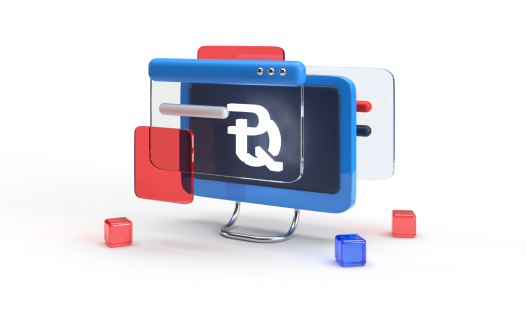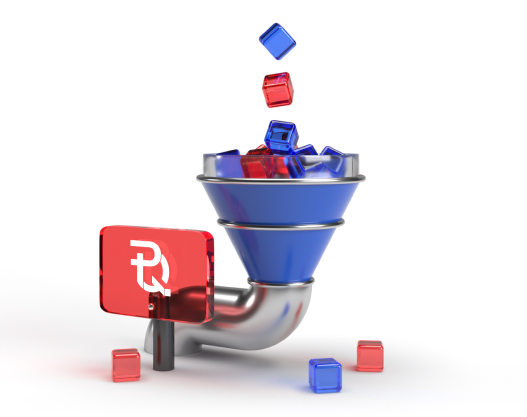
A training trading account is an account that mimics the conditions of a real trading account, but with fake money. You can access the same trading platforms, tools, indicators, charts, and instruments as you would on a live account, but without any financial risk. You can also choose the amount of virtual funds you want to start with, and adjust the leverage and margin settings according to your preferences.
Training trading accounts are usually offered by forex brokers for free, and you can open one in minutes by registering with your name, email, and phone number. Some brokers may also require you to verify your identity and address before granting you access to a training account.

Training trading accounts are important for forex traders because they allow them to gain experience and confidence before moving on to live trading. Trading with real money involves a lot of psychological pressure and emotional stress, which can affect your decision making and results. By practicing on a training account first, you can develop a solid trading plan and discipline, and avoid making costly mistakes when you switch to a live account.
Training trading accounts are also important for keeping track of your progress and improvement as a trader. You can monitor your performance statistics, such as your win rate, risk-reward ratio, drawdowns, profitability, and consistency. You can also identify your strengths and weaknesses as a trader, and work on improving them.
There are many platforms available for a beginner trader to test out what trading may entail, but three of the most popular ones are MT4, MT5 and cTrader, we will compare these platforms and highlight their pros and cons.
MT4 is the most widely used forex trading platform, launched in 2005 by MetaQuotes Software. It is simple to use, fast and has a large library of automation bot programs called Expert Advisors (EAs). MT4 also supports custom indicators and scripts that can enhance your trading experience. However, MT4 is limited to forex and CFDs trading, and it only offers 9 timeframes to choose from. MT4 also uses a proprietary programming language called MQL4, which might be difficult to learn for some traders.
MT5 is the successor of MT4, released in 2011 by the same company. It is designed to be an all-in-one multi-asset trading platform, supporting not only forex and CFDs, but also stocks, futures, options and cryptocurrencies. MT5 has more advanced features than MT4, such as 21 timeframes, market depth, economic calendar, built-in news feed, hedging and netting options, and more. MT5 also has a faster and more reliable back-testing engine than MT4. However, MT5 is not fully compatible with MT4, meaning that you cannot use the same EAs, indicators and scripts on both platforms. MT5 also uses a different programming language called MQL5, which is more modern but also more complex than MQL4
cTrader is another popular forex trading platform, launched in 2011 by Spotware Systems. It is a modern and user-friendly platform that offers superior charting functionality and market depth. cTrader also has advanced order management features, such as multiple take-profit and stop-loss levels, market sentiment analysis, smart stop-out protection, and more. cTrader supports automated trading through cBots, which are written in C#, a common and widely used programming language. However, cTrader is not as widely available as MT4 or MT5, meaning that fewer brokers offer it to their clients. cTrader also has a smaller community of developers and users than MetaTrader platforms
In conclusion, each of these platforms has its own strengths and weaknesses and all provides the opportunity to use a training account. The best choice depends on your personal preferences and trading style. If you are looking for a simple and reliable platform with a lot of automation options, you might prefer MT4. If you are looking for a more advanced and versatile platform with access to multiple markets, you might prefer MT5. If you are looking for a modern and user-friendly platform with superior charting and order management features, you might prefer cTrader.
Experience the thrill of trading risk-free with training account, where you can hone your skills, experiment with various strategies, and master the art of trading in a simulated environment.